| Structure | Name/CAS No. | Articles |
|---|---|---|
 |
Methanol
CAS:67-56-1 |
|
 |
L-cysteine
CAS:52-90-4 |
|
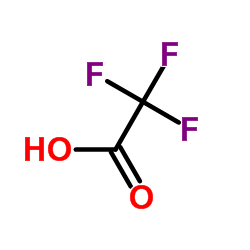 |
trifluoroacetic acid
CAS:76-05-1 |
|
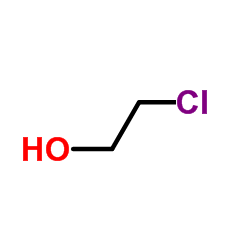 |
2-Chloroethanol
CAS:107-07-3 |
|
 |
Dichloroacetic acid
CAS:79-43-6 |
|
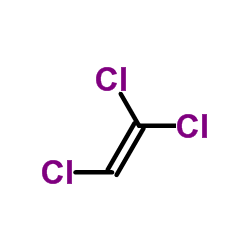 |
Trichloroethylene
CAS:79-01-6 |
|
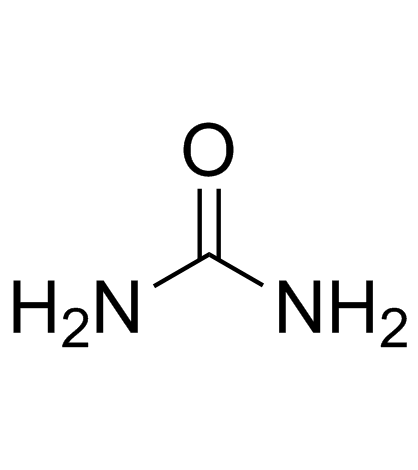 |
Urea
CAS:57-13-6 |
|
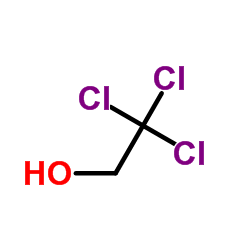 |
Ethapon
CAS:115-20-8 |
|
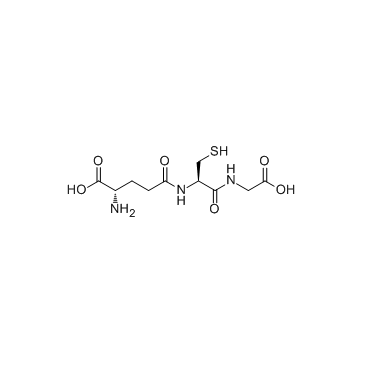 |
Glutathione
CAS:70-18-8 |
|
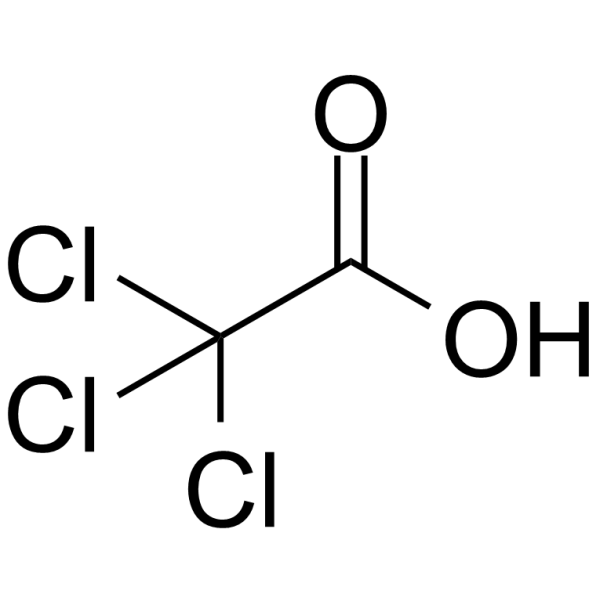 |
Trichloroacetic acid
CAS:76-03-9 |